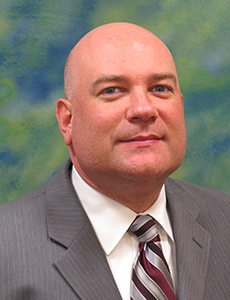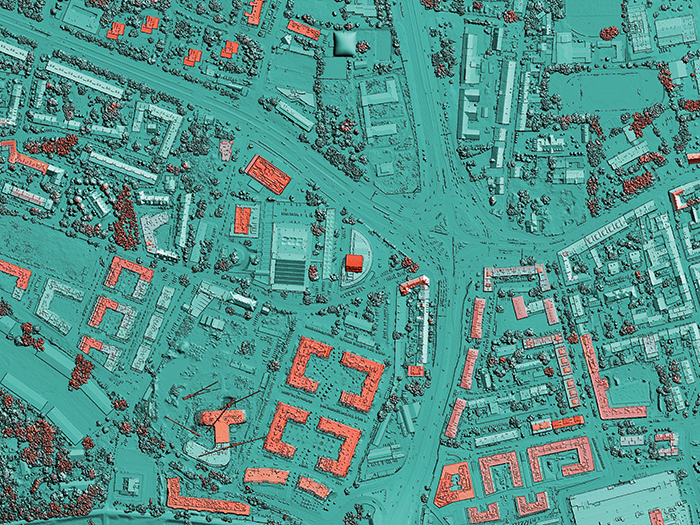The Pandemic Stunted a Key Return-to-Work Tool. When Will Meaningful Modified Duty Return?

There is no arguing that the COVID-19 pandemic has changed the world in ways that once were unimaginable, and that includes workers’ compensation claims and the return-to-work programs that can ease the high cost of such claims.
When the pandemic struck in 2020, workplaces were immediately shuttered, because the virus was raging and it wasn’t yet entirely understood how the illness was spread.
Those rushed closures had almost immediate impact on return-to-work programs, which were limited because employees couldn’t work on-site or had been laid off or furloughed.
“Modified duty programs were stunted during the early stages of the pandemic,” said Beth Burry-Jackson, senior vice president of clinically integrated programs at Sedgwick.
She noted those reductions changed by midsummer as employers identified and embraced creative workplace solutions.
When the Centers for Disease Control and Prevention issued workplace guidelines for safety, employers realized that the pandemic had created some light duty roles that were a good fit for some workers.
“They found new job functions or new job roles that were ideal for modified duty such as sanitizing surfaces, ordering and distributing PPE, monitoring usage and staffing of sanitization stations, and monitoring and tracking wellness checks,” said Burry-Jackson.
“These types of tasks could be combined to create modified duty assignments.”
Finding Opportunity Within the Pandemic
The need created by the pandemic for modified or light duty tasks was also noticed by Christine Nicloes, operations manager at Sheakley, an Ohio-based human resources specialty firm that provides employers with light duty assignments that workers can do at nonprofit organizations.
“As soon as the pandemic hit, we had to get really aggressive in finding some light duty assignments for these employers,” Nicloes said. “All they were seeing [at the time] were these workers’ comp benefits going up, which affects their costs and their premiums.”
Nicloes said Sheakley moved quickly to connect with organizations, such as nursing homes and the military that provided light duty work that could be done at home or virtually.
Workers who previously had worked on-site at food pantries or thrift stores shifted to doing community outreach for nonprofits through phone calls or wrote greeting cards for people in the military or nursing homes.
Nicloes said employers that go the extra mile to find light duty assignments for workers see other benefits, including keeping employees mentally active and reducing costs that might otherwise be spent on premium increases and on claim management.
Dennis Tierney, national director of workers’ compensation claims at Marsh, said many of the most dire predictions about COVID-19’s impact on workers’ compensation systems have not been realized.
He reports that workers’ compensation claims dropped on average about 20% between 2019 and 2020, which he attributes to companies shutting down, closing worksites and laying off or furloughing employees.
Even with that drop, he said employers need to keep a sharp eye on what’s happening with workers’ compensation in states and nationally.
He said many states have implemented rebuttable presumptions, which have been applied to such employee groups as first-responders and health care professionals who assert that they got COVID in the course of their job duties. While it is usually on the onus of the injured worker to prove a claim, these laws shift the responsibility to the employer.
“It would be up to the employer to prove that it didn’t happen [at work], which obviously is a tough hill to climb,” Tierney said.
While not as hot and heavy as it was in 2020, he said state laws are changing every day.
“The fear is that some of these presumptions are going to continue even as we move past the pandemic,” he said.
Moving forward, Tierney said employers need to pay close attention to analytics, which can help identify which claims will be more costly.
“Analytics can help you identify which claims have the potential to blow up, which claims are the ones you want to focus on, and which claims are the ones you want to apply resources to,” he said.
He also recommends that employers take a claim advocacy approach, which he said can reduce workers’ compensation claims costs and bring workers back to their jobs quicker.
“That’s really about being empathetic around the injured worker, being transparent and communicating and educating,” he said.
“We’ve found that when you treat someone with empathy, show them that you care and educate them, it helps them get better quicker and helps them feel engaged. They want to come back to work, which is positive for both the employer and the worker.”
Ensuring Safety as We Return to Routine
Surprisingly, perhaps, Tierney said the millions of workers who were sent home to work during the pandemic didn’t result in an uptick in workers’ compensation claims relating to working at home.
Now, with offices reopening and people returning to work, he and others agree that employers need focus on ensuring returning workers’ safety.
“Perhaps the most important aspect of post-pandemic return to work programs is taking care of employees proactively,” Burry-Jackson said.
“We will likely see long-term mental health issues arising from anxiety, isolation, fear and grief induced by the pandemic. Employers have the opportunity to adopt more proactive advocacy-based mental health support models and accommodation policies through regular wellness checks, employer assistance program offerings, flexible scheduling and breaks.”
She said employers should strive to understand their employees’ health needs particularly since the long-term effects of COVID are not yet known.
“Employers need to understand and show concern for those who may request accommodations for post-COVID syndrome — colloquially known as long-hauler or long COVID,” she said. Tierney agrees.
“What we’re watching for is the lasting effects,” he said.
“As we move further in 2021, are people who had COVID going to develop other conditions? If they do, is that something that’s going to be tied back to the workers’ compensation claim? If something like that does happen, we could be looking at claim costs rising.” &












